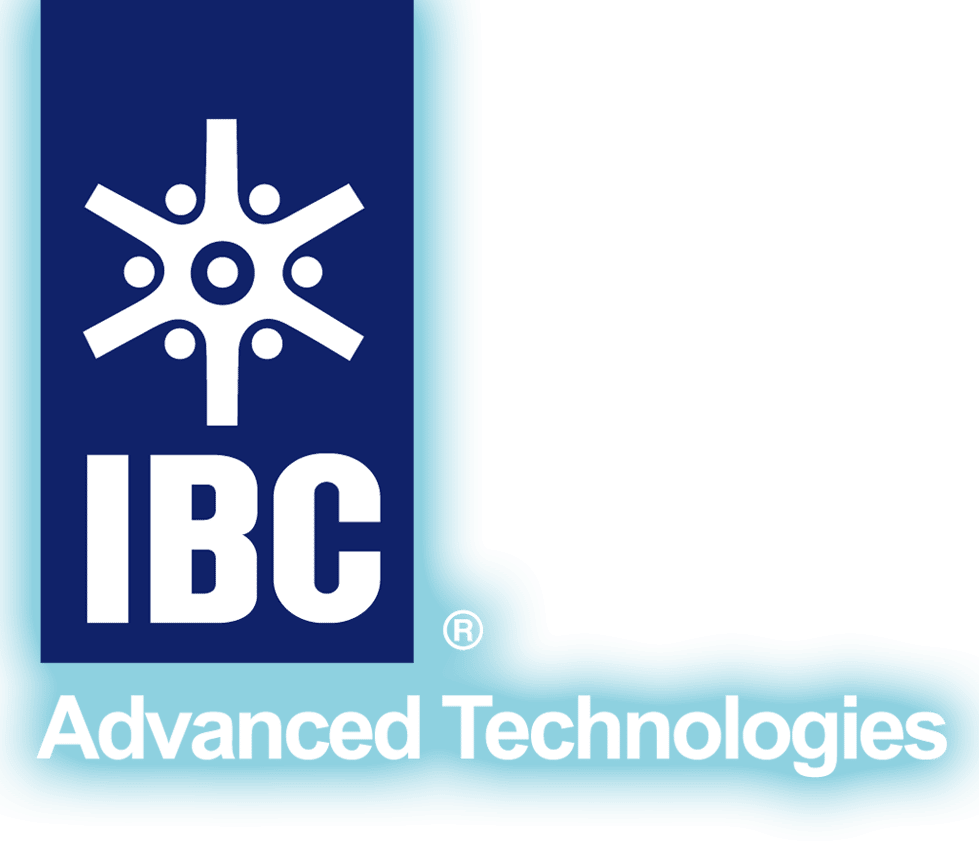Highly selective lead determination in analytical samples
Archives: Publications
Application of Molecular Recognition Technology Green Chemistry Processes in Extractive Metallurgy, Metal Extraction, and Chemical Analysis
Highly selective analytical determinations: palladium, platinum, gold
Application of Molecular Recognition Technology to Green Chemistry Analytical Determinations of Metals in Metallurgical, Environmental, Waste, and Radiochemical Samples
– Description of highly selective analytical green chemistry MRT™ metal determination process – Highly selective individual analytical determinations: platinum, palladium, rhodium, ruthenium, iridium, gold, silver – Highly selective analytical determinations of cobalt, nickel, copper, zinc, iron – Highly selective analytical determinations of arsenic, lead, cadmium, chromium, selenium as individual elements and of rare earth elements...
The Selective Separations of Anions and Cations in Nuclear Waste using Commercially Available Molecular Recognition Technology (MRT) Products
– Description and use of radium and strontium Empore Rad Disks for analytical determinations – Highly selective cesium and technetium separations for Hanford nuclear waste solutions – Hot mixed waste separations: plutonium, lead, mercury
The Application of Molecular Recognition Technology (MRT) in the Nuclear Power Cycle: From Uranium Mining and Refining to Power Plant Waste Separation and Recovery, as well as Element Analysis and Isotope Purification
– Isotope purification for brachytherapy: palladium-103 – Analytical applications: Empore Rad Disks, AnaLig® products – Economic advantages of MRT™ systems over conventional systems
Challenges to Achievement of Metal Sustainability in Our High-Tech Society
Highly selective cesium-137 removal from Cold War defense nuclear waste using a calixarene-crown ether MacroLig® 209 (BOBCalixC6)
Uranium: Mining, Nuclear Uses and MRT™
See paper title

